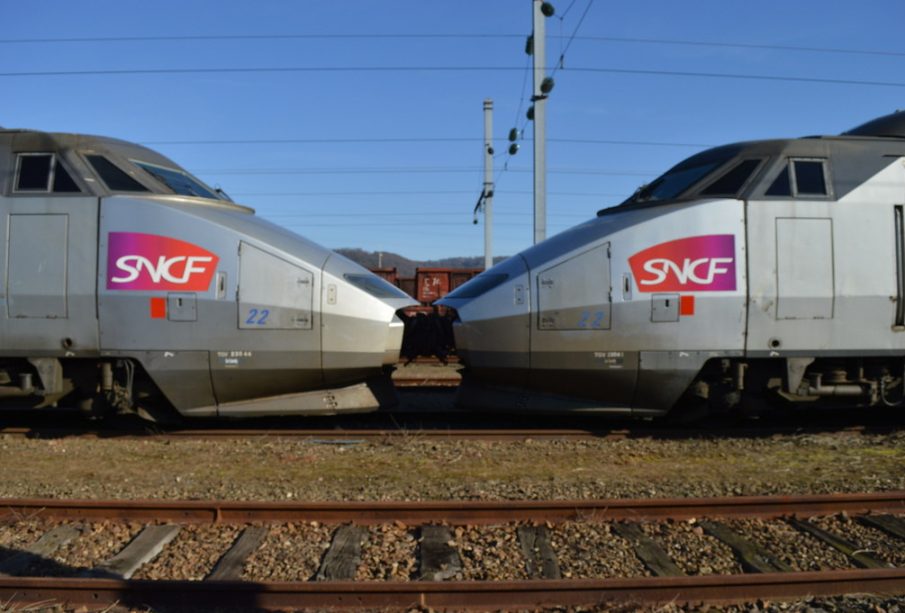The TGV: A Journey Through France’s High-Speed Rail Network

Introduction
The TGV (Train à Grande Vitesse) is not just a train; it is a symbol of France’s commitment to technological advancement and sustainable transportation. Since its inception in the early 1980s, the TGV has transformed the way people travel across France and neighboring countries. Its high-speed capabilities have connected disparate regions, reduced travel time significantly, and contributed to a shift towards eco-friendly forms of transit.
History and Development of the TGV
The first TGV service began operations in 1981 between Paris and Lyon, reducing the travel time from about 5 hours to approximately 2 hours. Over the years, the network has expanded, and by 2021, there were over 2,700 kilometers of track dedicated to TGV services. The trains, capable of speeds exceeding 300 km/h (186 mph), have made intercity travel more convenient and appealing, encouraging a cultural shift away from air travel.
TGV’s Impact on Travel and Economy
The TGV has significantly influenced both domestic and international travel. It has become synonymous with French travel culture, particularly among tourists who wish to experience the stunning French countryside. Moreover, the accessibility brought forth by the TGV has fostered local economies in smaller cities, as well as supporting the tourism industry on a larger scale.
In terms of economics, the TGV has been a financial boon for France, enabling job creation and generating billions in revenue. The train system is operated by SNCF (Société Nationale des Chemins de fer Français), which has been innovating in terms of customer service and technology to enhance the travel experience.
Environmental Considerations
As the world grapples with climate change, the TGV stands as a more sustainable alternative to flying and driving. According to a study by the French Environment and Energy Management Agency, TGV travel produces about 80% less CO2 emissions per passenger compared to air travel. This shift toward rail over air travel aligns with the European Union’s goals for reducing carbon emissions and promoting more sustainable forms of transport.
Conclusion
The TGV is more than a technological marvel; it represents a fundamental shift in how populations move and interact within the European landscape. As France invests further in expanding this high-speed rail network, including potential connections to Spain and Italy, the TGV will likely continue to be a crucial element in enhancing travel, boosting economies, and fostering innovation in sustainable transport solutions. The future of TGV holds promise not just for continued advancements in speed and efficiency, but also for its role as a key player in the fight against climate change.









